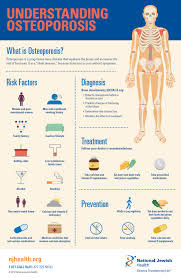An exceptionally uncommon entanglement of bisphosphonates and denosumab is a break or break in the thighbone. This injury, known as abnormal femoral crack, can cause torment in the thigh or crotch that starts inconspicuously and may continuously deteriorate.
Bisphosphonates and denosumab can likewise cause osteonecrosis of the jaw, an uncommon condition wherein a segment of jawbone is delayed to mend or neglects to recuperate, regularly after a tooth is pulled or other intrusive dental work. This happens all the more generally in individuals with disease that includes the bone - who take a lot bigger portions of a bisphosphonate than those commonly utilized for osteoporosis.













